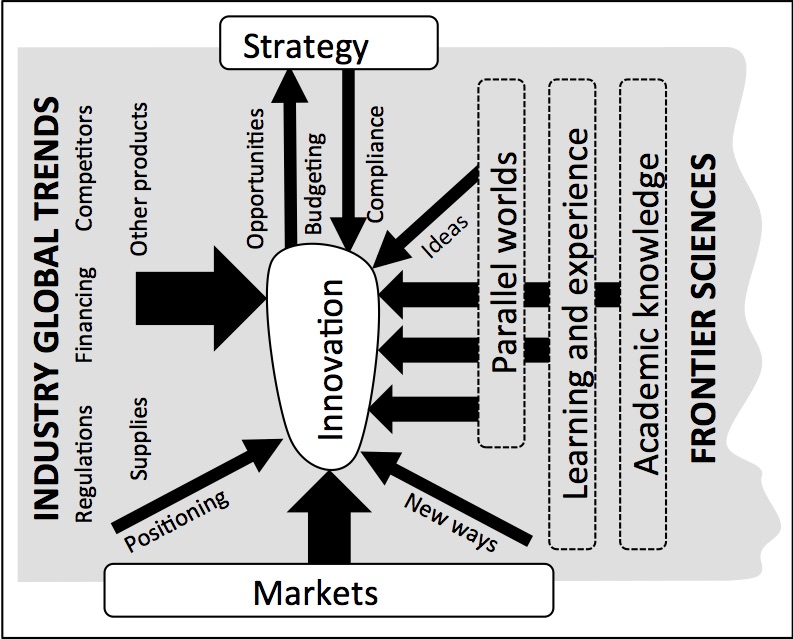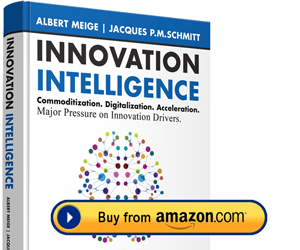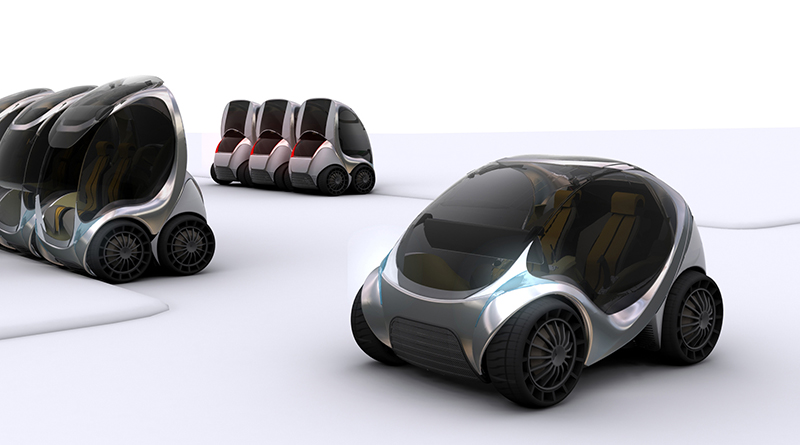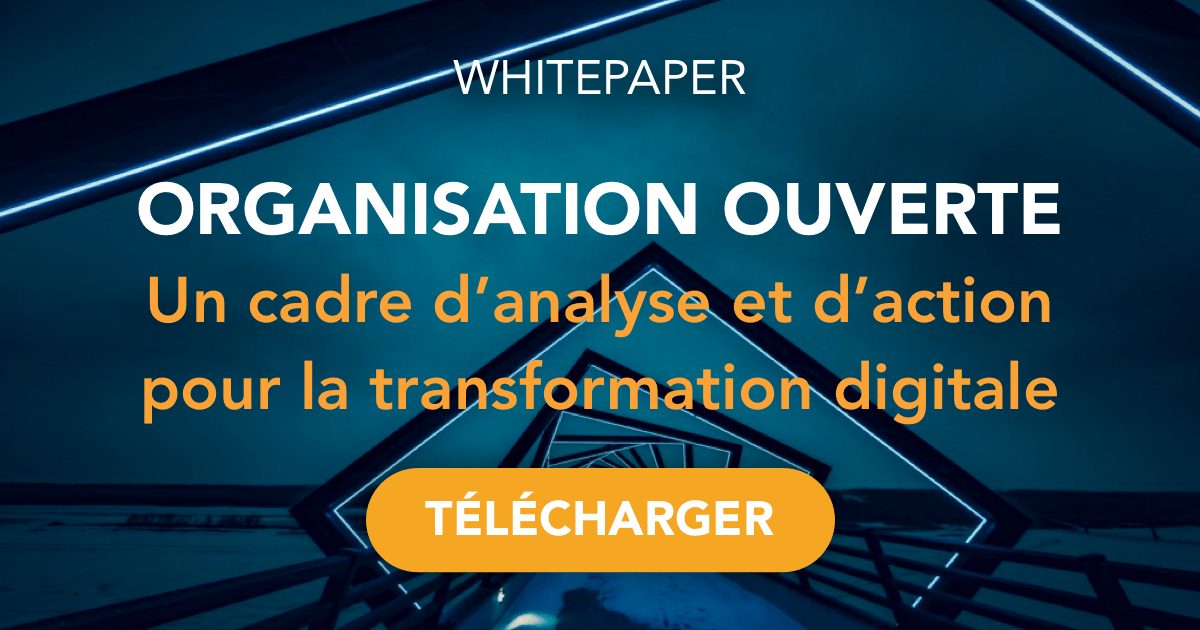Knowledge is at the source of the rationale for the key decisions that shape and drive an innovation project. Relevant knowledge can come from a wide variety of sources. Winners at the innovation game are the best at rapidly seeking, filtering, digesting, and interpreting the appropriate knowledge. In the previous article we wrote about Internal Knowledge.

- Socioeconomic factors and fashion trends
- Availability and cost of raw materials
- Standards, regulations, and export taxes
- Emergence of competing solutions
- Megatrends such as urbanization, climate change, and so on
Trends may be easy to discern in the foggy contour of the future, but what is difficult to grasp with a reasonable level of accuracy is the time scale for the establishment of a new equilibrium and the turbulence that may accompany the transition. Deeper and wider knowledge is required to assess the most probable environment that a new product will encounter.
Let’s consider an example: a company is planning to create an innovative version of an electric car. Please feel free to imagine your own version of this innovation—there is still room today for creativity because the electric-car market is not yet mature. For now, however, let’s consider a foldable car. Such innovation shall project in a business environment. Let us focus on only two important elements of the environment.
First: urban life
Urban life will change rapidly during the coming decades. The increasing population in cities that will grow larger and larger will need to cope with more traffic congestion and atmospheric pollution. This will result in more severe regulations and constraints. Will cities become wild, permanent traffic jams? Or perhaps cab-only zones or high-toll zones? The answer will probably vary based on the average wealth of the specific city’s population. Positioning a new product in its future market and shaping its design accordingly requires valuable expertise on the socioeconomic trends of the individual cities around the world.
Second: batteries
A key element for this electric foldable car is lithium-battery reliability. It will have a significant effect on the car’s business model. So far, lithium batteries have a reliability horizon which is significantly below both car-industry standards and consumer expectations. Today, many companies that sell electric cars are leasing the battery in order to lower the risk perceived by consumers. A key question is how fast the electrochemistry industry will progress along the experience curve for high-powered lithium batteries. Theoretical analysis of reliability growth in general was initiated in the 1960s somewhat in parallel with the famous theory relating production cost and cumulative volume via a learning curve. Predicting the reliability improvement for the modern lithium battery is a challenge requiring a combination of knowledge in progress modeling, production engineering, and electrochemistry. It is a difficult task, but an experienced expert in the field can narrow the window of uncertainty.
Deep and thorough analysis of the environment is highly recommended when any innovation project is expected to grow to require a significant budget. A deficiency in this area may lead to poor positioning of the product and therefore disappointing business results. For example, when Roussel Uclaf, a French pharmaceutical company, developed RU-486, a version of the morning-after pill, it underestimated the power of the antiabortion organizations in the United States. Although the product was effective, it was not successful in the United States, the largest potential market. The obstacle posed by the antiabortion organizations was not well estimated when predicting the environment for the product, and that led to disappointment for Roussel Uclaf’s shareholders.
Conversely, when the Swiss watchmakers realized that the trends for wristwatches were being increasingly driven more by fashion than by the need for keeping time, they shaped the future Swatch accordingly. Environment-related knowledge is bread and butter for a company; indeed shaping its strategy requires that a company have a permanent in-house intelligence activity. However, in many cases, specific complementary knowledge is needed for each innovation project, particularly when the project aims further into the future or targets market segments that are new to the company. With regard to this environment-related knowledge, companies are often blinded by self-confidence.




